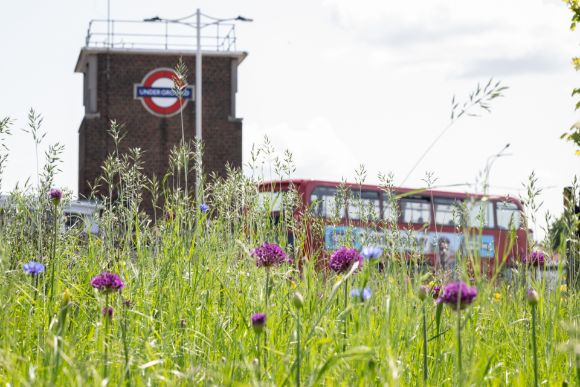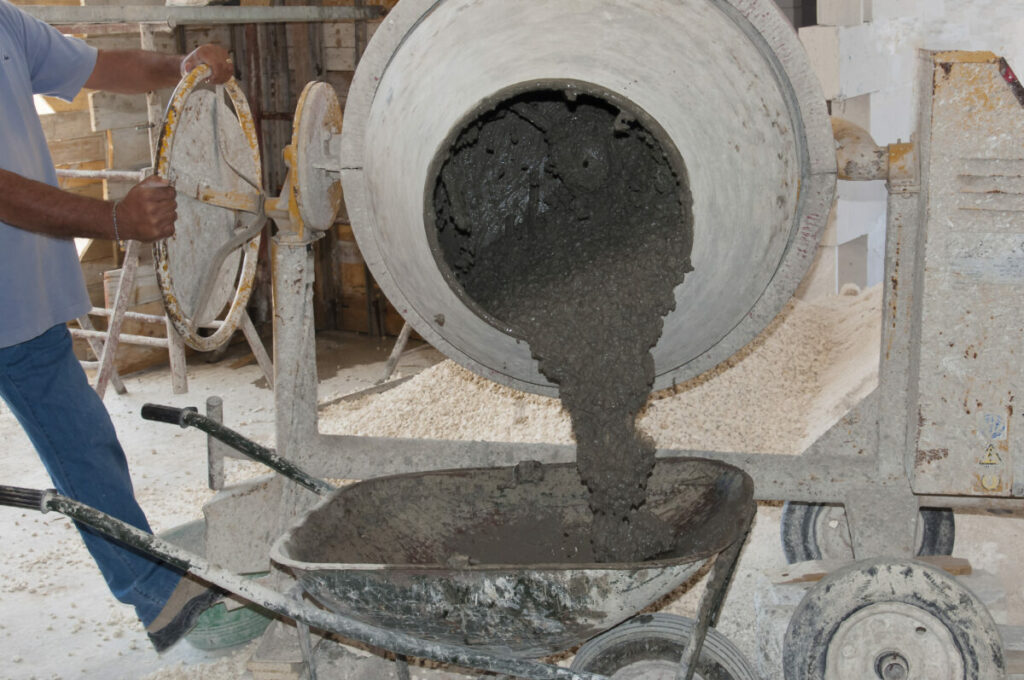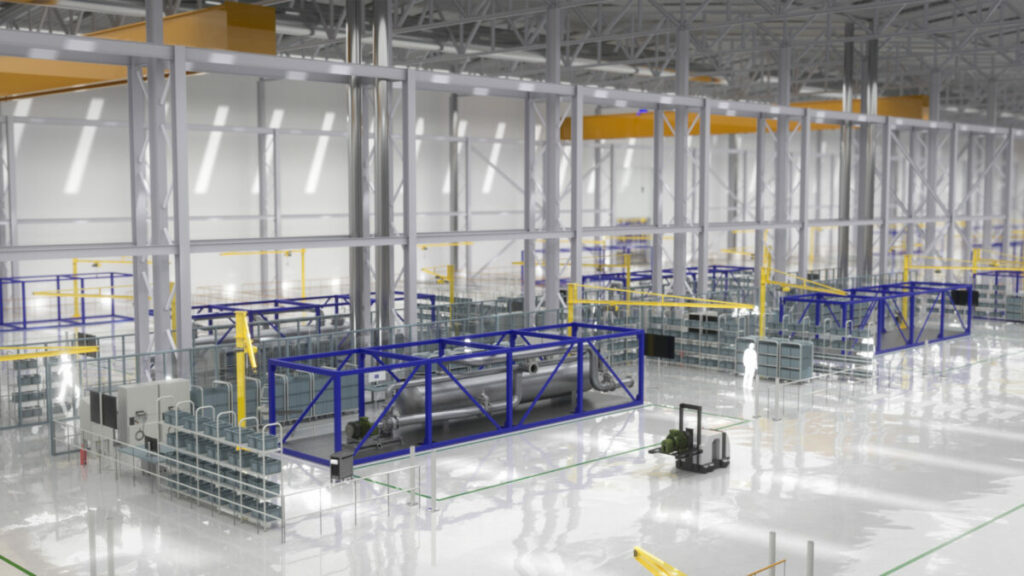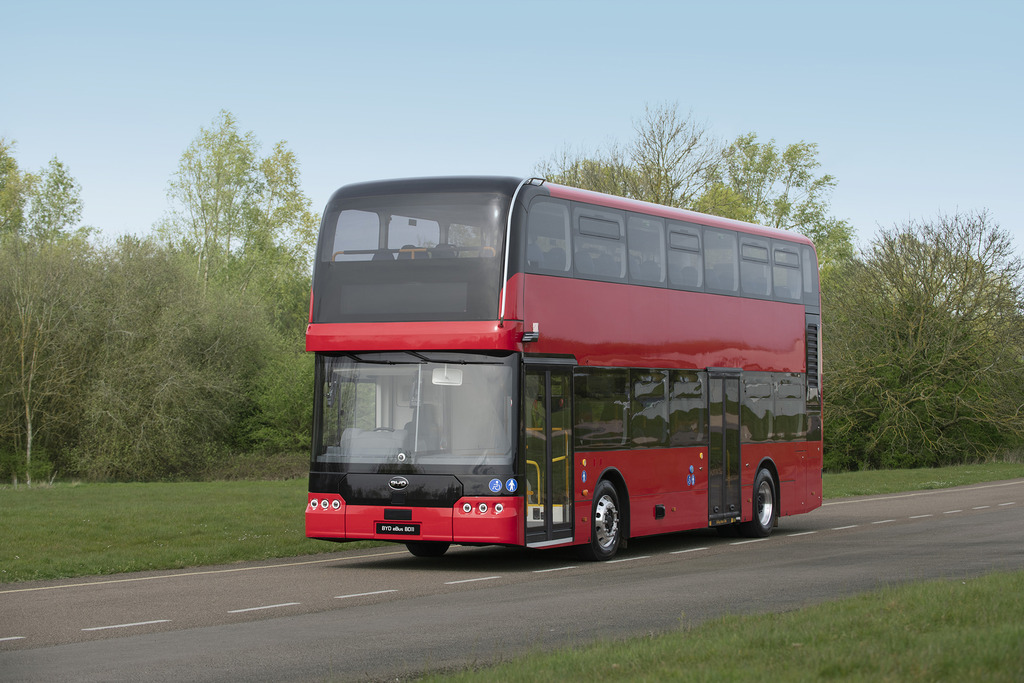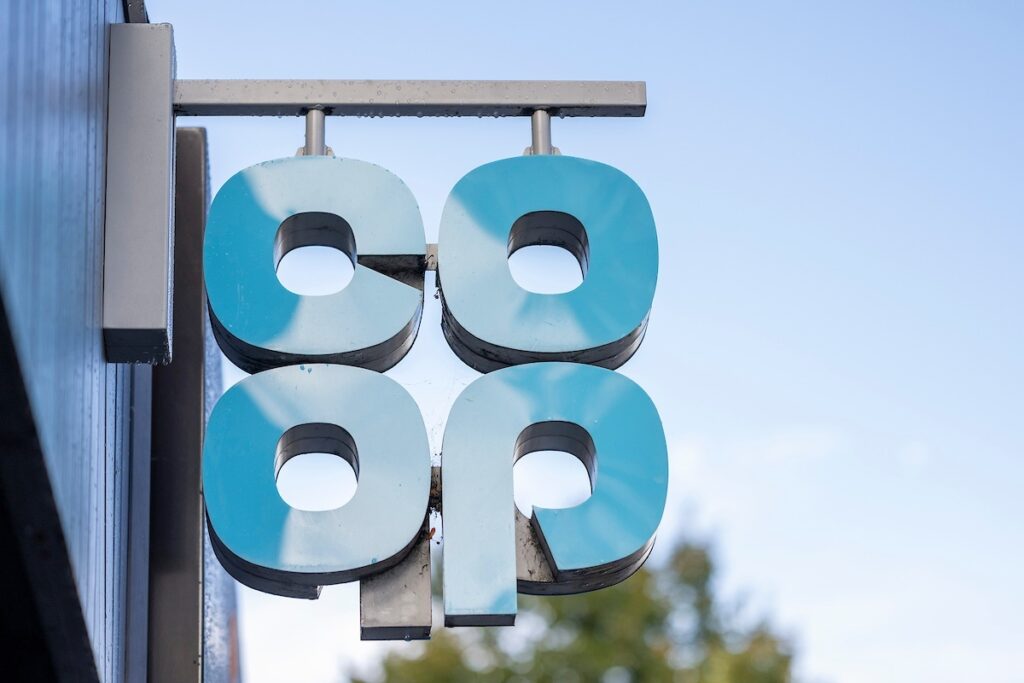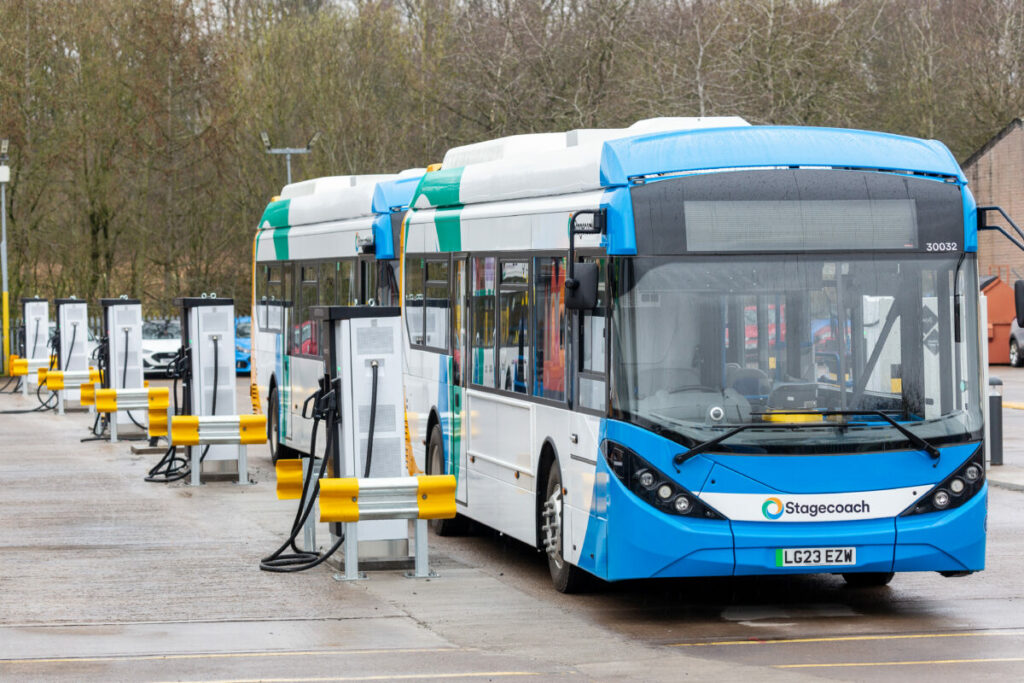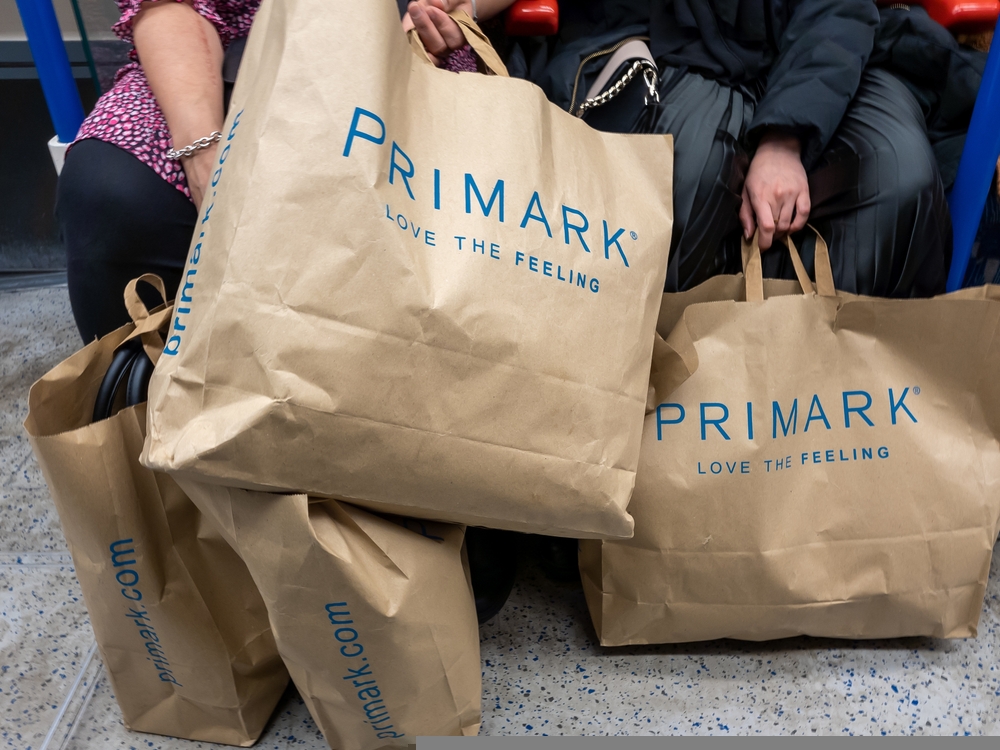Transport for London (TfL) has published a new green infrastructure and biodiversity plan as part of London mayor Sadiq Khan’s ambition to make London carbon-neutral by 2030.
Last year, Khan said he is making progress in his goal to have the tube run on 100% renewable energy by 2030.
The wide-ranging eco plan – which has been broadly welcomed by campaign groups – includes a wide range of green commitments from TfL including:
- Achieving a 10% biodiversity net gain on applicable schemes from February 2024
- Delivering a net gain in biodiversity across TfL’s estate by 2030, compared to the 2018 baseline
- Boosting tree canopy cover across TfL by 10% by 2050, compared with the 2016 baseline
- Doubling wildflower verges to 260,000 sq m in 2024, and developing a longer-term plan to continue their introduction across London
- Ensuring 5,000 sq m of Sustainable Drainage Systems (SuDS), such as rain gardens, are installed on TfL’s road network each year
- Further reduce the use of pesticides across TfL and eliminate where operationally and financially feasible
Transport for London’s chief safety, health and environment officer Lilli Matson said: “Our new green infrastructure and biodiversity plan forms part of our continuing work in creating a greener, more biodiverse city that is resilient and well adapted to climate change.
“By lowering the environmental impact of our business and offering a range of sustainable ways to travel across London, we can use our real estate and infrastructure to create a city that allows people and wildlife to flourish.”
Subscribe to Sustainability Beat for free
Sign up here to get the latest sustainability news sent straight to your inbox everyday
Currently, almost a third of TfL’s land is covered by vegetation with more than 2,300 hectares across the capital. A wide variety of habitats, from woodland to wetland, support more than 1,000 animal species as well as almost 700 plant species across London.
These nature-based solutions not only help support biodiversity but also help reduce the risk of flooding from storms.
TfL is also meeting its target to increase the overall number of street trees on its estate by 1% per year between 2016 and 2025. A plan to help strategically increase tree canopy across TfL’s estate by 10% by 2050 will be published by March 2025.
The work was conducted in partnership with Greenspace Information for Greater London, which provided robust environmental data, visualisations and modelling, allowing TfL to take an informed approach towards improving and protecting the environment.
TfL has made several initiatives to boost its eco credentials, including upgrading its lighting at London’s Oxford Circus in a move to decarbonise its operations by 2030.
Last year, it passed a major milestone of more than 1,000 zero emission buses in the capital.


